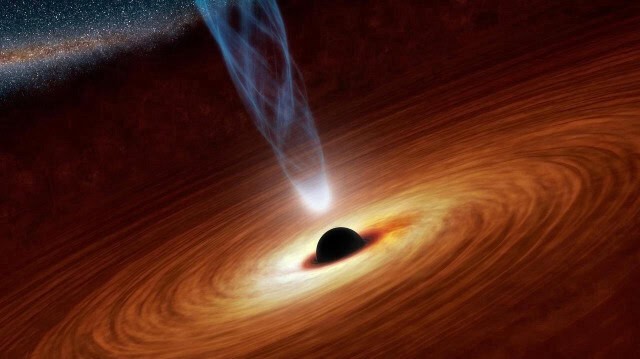The European Southern Observatory (ESO) on Tuesday announced that it has discovered the most massive stellar black hole in our galaxy to date.
According to an ESO press release, the newly discovered black hole is "extremely close" at a distance of 2,000 light years.
One light year corresponds to the distance that light travels in one year - a distance of 9.46 trillion kilometers (5.59 trillion miles).
The new giant, called Gaia BH3, has around 33 times the mass of our sun, according to the ESO.
For comparison: the largest known black hole to date, Cygnus X-1, has around 21 solar masses.
"Nobody expected to find a massive black hole lurking nearby that has remained undiscovered until now," the ESO quoted astronomer Pasquale Panuzzo from the Observatoire de Paris as saying in its press release.
Panuzzo added: "You only make this kind of discovery once in your life as a researcher."
The ESO scientists came across the new black hole when they were checking observations from the European probe Gaia for a data release.
They noticed the wobbling movements of an object that turned out to be a companion star of the giant black hole.
Launched in 2013, the Gaia mission of the European Space Agency (ESA) is a space telescope that optically scans the entire sky with high precision in three dimensions.
It is designed to record the positions, movements, distances and brightness of almost two billion celestial bodies.

